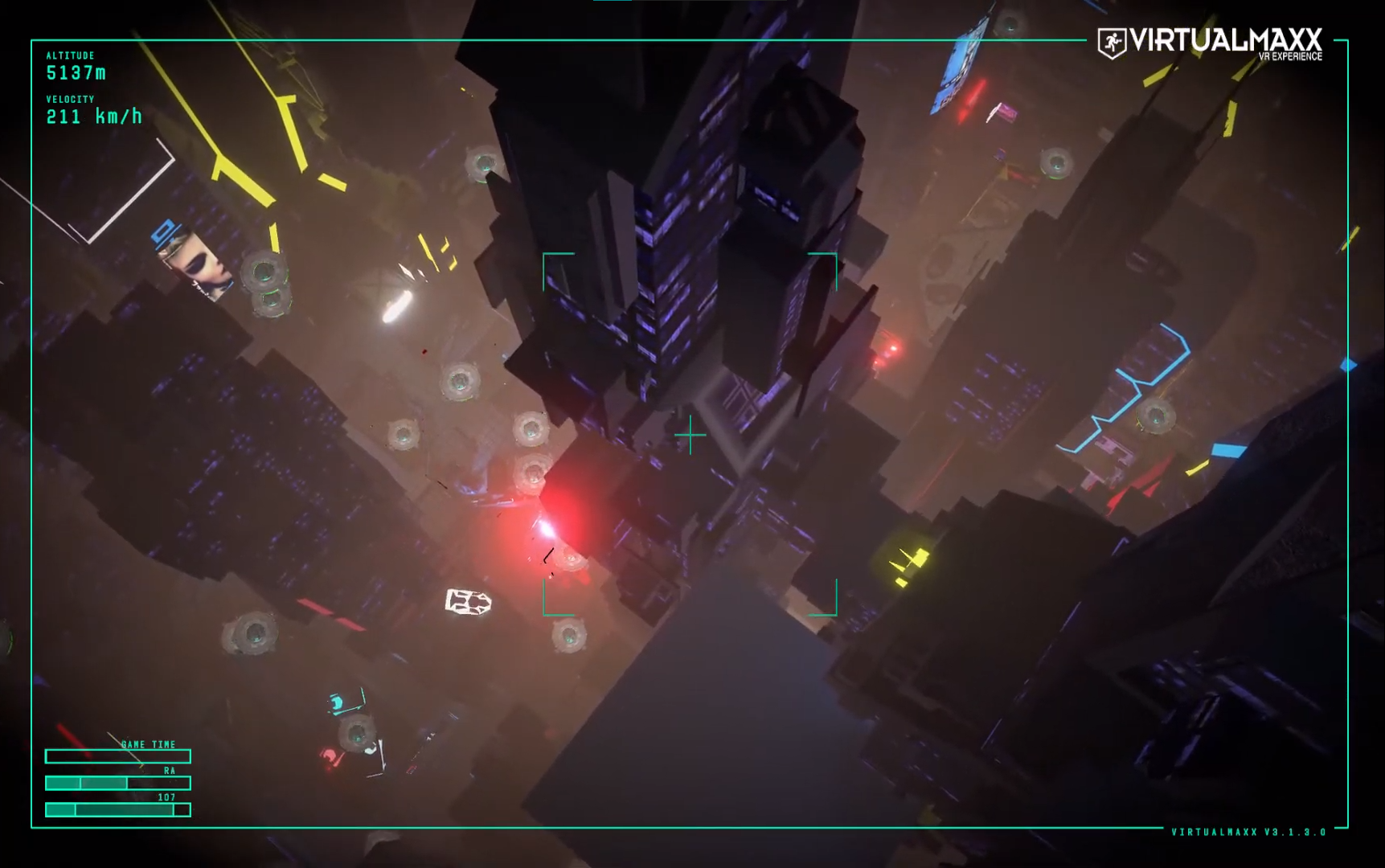VirtualMaxx 2.0 is a game that I, along with a few colleagues, developed during my year-long internship at LaserMaxx Lasergames B.V. We created both a VR and desktop game where up to 16 players enter a virtual arena with the objective of locating and eliminating other players while accumulating as many points as possible. They can achieve this by teleporting using the well-known Lasermaxx laser tag gun equipped with a Vive Tracker from platform to platform and shooting by pulling the trigger. The game also features multiple power-ups that players can collect, such as a cover wall for taking cover, Rapidfire for fully automatic shooting, and a healing box for healing during combat.
Our goals:
Our goal for this project was to bring the laser tag experience into a digital world with additional elements that are only possible digitally, such as a large play area with power-ups. That's why we also modified a weapon to match the laser tag experience offered by LaserMaxx.
During this project, my responsibilities included:
Game Design: This involved defining the gameplay loop and ensuring that all individual elements of the game come together cohesively. Shader Programming: I worked on programming shaders for various aspects of the game, including the skyboxes, advertising boards, and shooting effects. Gameplay: I programmed various gameplay elements, such as the platforms and in-game events, to make the game engaging and functional. Level Design: I designed multiple levels and the rooms where players start, ensuring that they provide interesting and challenging environments for gameplay.
What made this project so challenging
the fact that it combined multiple games in one. Players engage in VR in a separate room, administrators have a different perspective and can intervene through a separate computer with a regular screen, and spectators can watch the entire playing field through a separate TV feed.
Because there are multiple screens and user roles, we had to design the game in a way that not only works on all computers but also provides completely different experiences for the different types of users they are.
This game has gone through multiple versions, which is why it's referred to as version 2.0. Version 1 had a completely different world that was much larger and more primitive, lacking an improved interface, effects, lighting system, atmospheric system in the form of a skybox, and advertisements on the billboards. In short, there were many differences that led us to call it 2.0 because it no longer resembles the first version.
